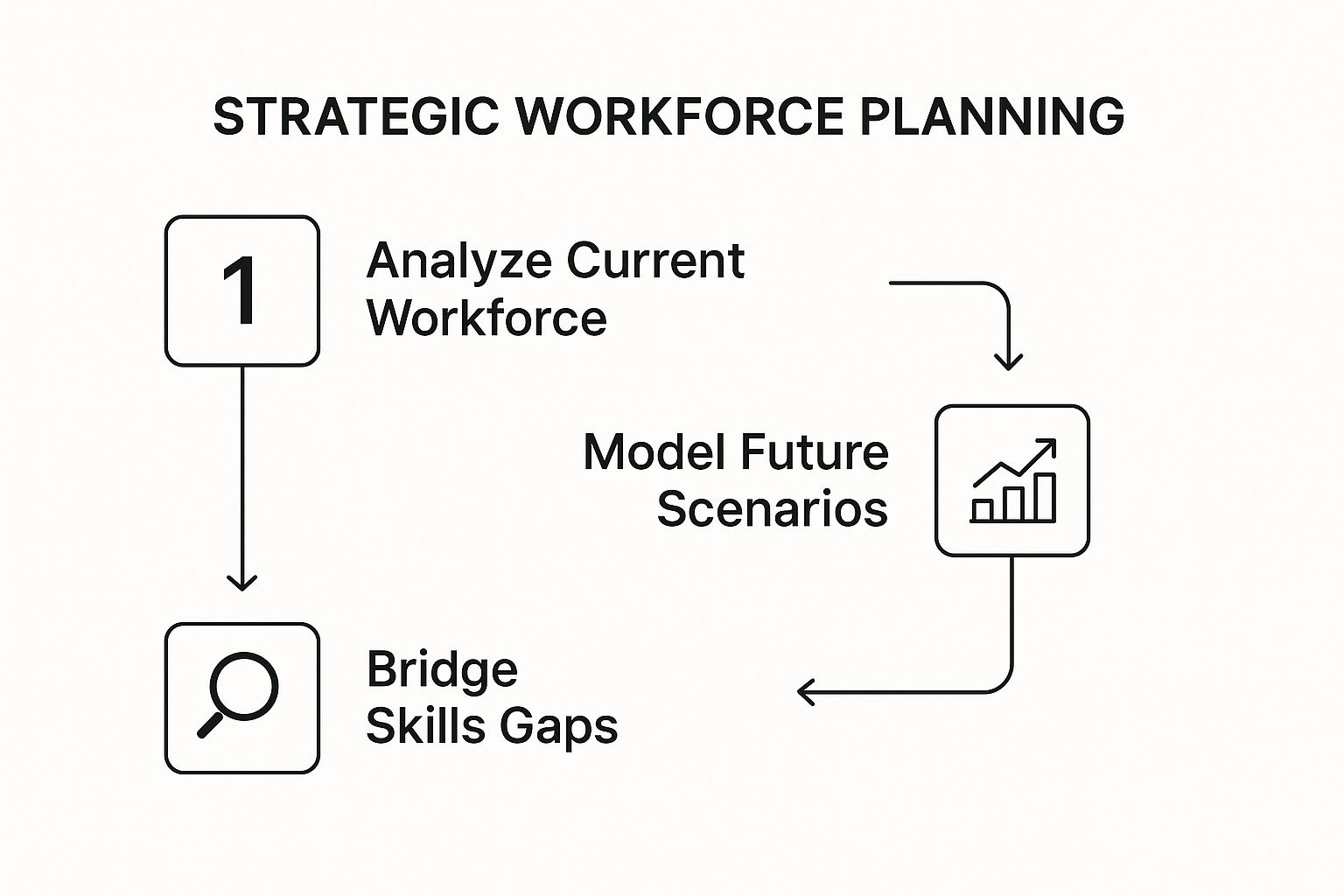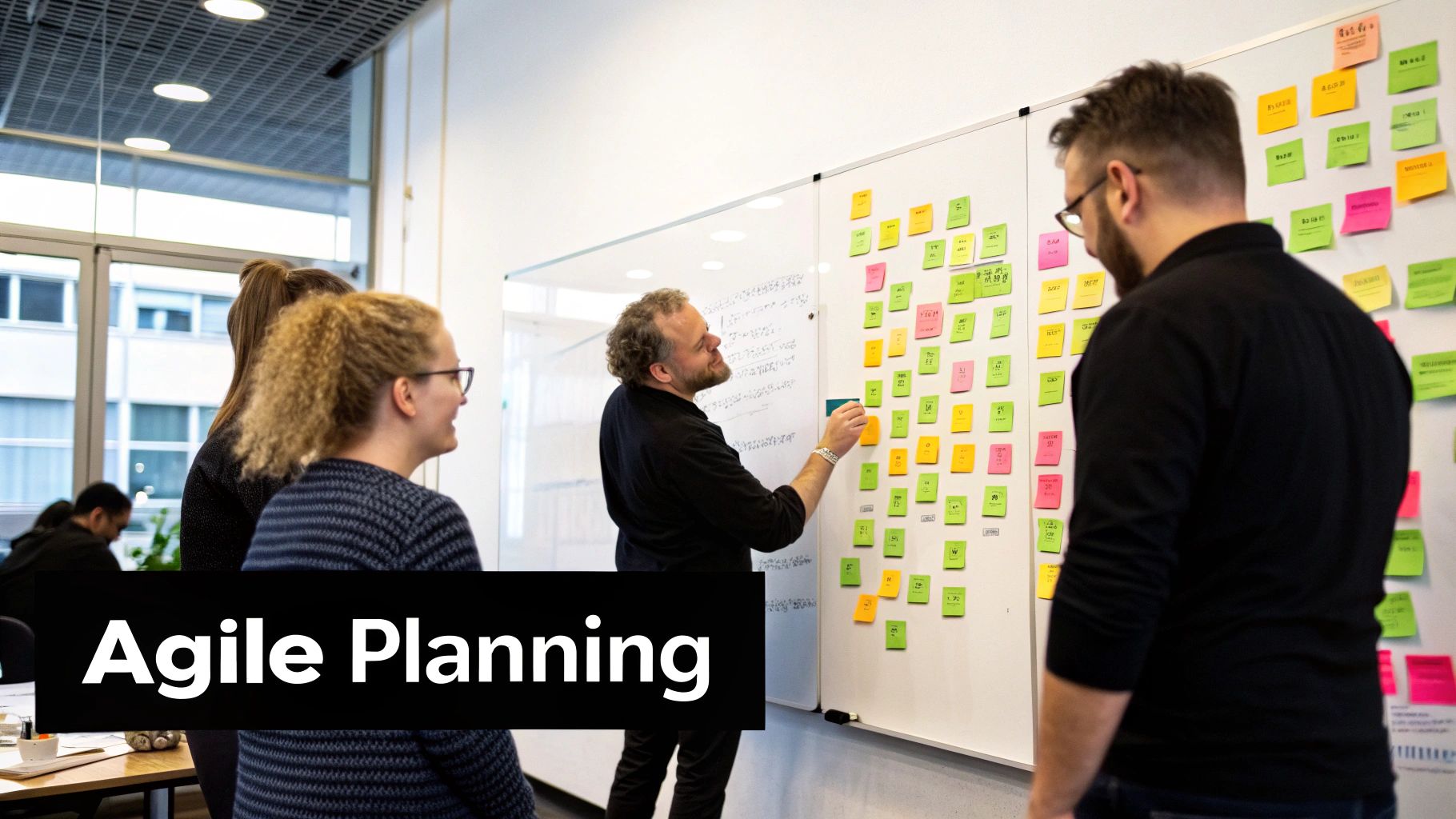Diversity and Inclusion (D&I) workforce planning is no longer a peripheral initiative but a crucial strategic lever for organizational success. It represents a proactive approach to building a representative workforce that reflects the diverse tapestry of our society and, increasingly, the global marketplace. This strategy moves beyond mere compliance with regulations to embed D&I into the very fabric of workforce planning, ensuring equitable opportunities for individuals from all backgrounds, including those historically underrepresented. In the context of the IN region, with its rich cultural diversity, implementing D&I workforce planning is not just beneficial; it’s essential for organizations aiming to thrive in a competitive landscape. For CHROs especially, understanding and implementing robust D&I strategies is paramount to building a future-ready workforce.
This method involves a systematic process of attracting, developing, and retaining talent from a wide range of demographic groups, including but not limited to gender, ethnicity, religion, age, sexual orientation, and disability. It necessitates a deep dive into existing workforce demographics, identifying gaps in representation, and implementing targeted strategies to bridge those gaps. This includes setting specific diversity targets, dismantling biases embedded in hiring and promotion processes, and fostering an inclusive workplace culture where every employee feels valued and empowered.
A key element of D&I workforce planning is data-driven decision-making. Systematic diversity metrics and target setting are crucial for tracking progress, identifying areas for improvement, and holding the organization accountable for its D&I commitments. This involves regularly analyzing workforce demographics, monitoring representation at different levels of the organization, and tracking key metrics such as hiring rates, promotion rates, and retention rates for different demographic groups.
The benefits of D&I workforce planning are multifaceted and far-reaching. A diverse workforce brings a wider range of perspectives and experiences to the table, fostering innovation and improving decision-making. Better representation of customer and market diversity allows organizations to understand and cater to the needs of a broader customer base, enhancing their market reach and competitiveness. Moreover, a strong commitment to D&I enhances the employer brand, attracting top talent from diverse backgrounds and boosting employee engagement and retention. This is particularly relevant in the current talent market, where job seekers increasingly prioritize companies with strong D&I commitments. In the IN region, where talent acquisition and retention are key challenges, D&I can be a powerful differentiator.
Several global companies have demonstrated the power of D&I workforce planning. Salesforce, for instance, conducts regular equality initiatives and pay equity audits to ensure fair compensation across demographic groups. Johnson & Johnson’s comprehensive D&I strategy has been directly linked to improved business results. Intel’s significant investment in D&I programs led to achieving full representation, showcasing the positive impact of dedicated resources and strategic planning.
While the benefits are undeniable, it’s important to acknowledge potential challenges. Implementing D&I workforce planning may face resistance from some employees accustomed to traditional ways of working. There’s also a risk of tokenism if D&I initiatives are not implemented thoughtfully and genuinely. It requires a long-term commitment and a fundamental shift in organizational culture to create a truly inclusive environment. Furthermore, potential legal challenges can arise if D&I programs are not properly structured and implemented in accordance with legal guidelines.
To effectively implement D&I workforce planning, CHROs should consider the following actionable tips:
- Set specific, measurable diversity goals: Avoid vague aspirations and establish concrete targets for representation across different levels of the organization.
- Address bias in job descriptions and interview processes: Review job descriptions for gendered language and implement structured interview processes to mitigate unconscious bias.
- Create mentorship and sponsorship programs: Provide opportunities for employees from underrepresented groups to receive guidance and support from senior leaders.
- Ensure leadership accountability for diversity outcomes: Tie D&I goals to performance reviews and hold leaders accountable for achieving diversity targets.
- Regularly measure and report on progress: Track key D&I metrics and transparently communicate progress to the organization.
Learn more about Diversity and Inclusion Workforce Planning
D&I workforce planning is a strategic imperative for organizations seeking to thrive in today’s dynamic business environment. By embracing diversity, fostering inclusion, and implementing effective workforce planning strategies, organizations in the IN region can unlock the full potential of their talent, drive innovation, and achieve sustainable growth. Thought leaders like Vernā Myers, a renowned diversity and inclusion strategist, and Marc Benioff, Salesforce CEO and equality advocate, have championed the importance of D&I, while organizations like Catalyst have contributed valuable research and advocacy for women in the workplace, further emphasizing the critical role of D&I in workforce planning strategies. This approach deserves a prominent place in any comprehensive workforce planning strategy, ensuring that organizations build a workforce that is not only diverse but also truly inclusive and representative of the diverse talent pool available in the IN region.
 />
/>








